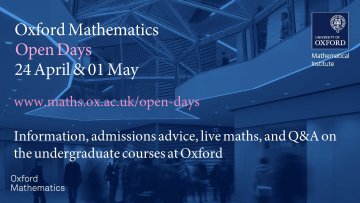Bubble propagation in modified Hele-Shaw channels
Abstract
The propagation of a deformable air finger or bubble into a fluid-filled channel with an imposed pressure gradient was first studied by Saffman and Taylor. Assuming large aspect ratio channels, the flow can be depth-averaged and the free-boundary problem for steady propagation solved by conformal mapping. Famously, at zero surface tension, fingers of any width may exist, but the inclusion of vanishingly small surface tension selects symmetric fingers of discrete finger widths. At finite surface tension, Vanden-Broeck later showed that other families of 'exotic' states exist, but these states are all linearly unstable.
In this talk, I will discuss the related problem of air bubble propagation into rigid channels with axially-uniform, but non-rectangular, cross-sections. By including a centred constriction in the channel, multiple modes of propagation can be stabilised, including symmetric, asymmetric and oscillatory states, with a correspondingly rich bifurcation structure. These phenomena can be predicted via depth-averaged modelling, and also observed in our experiments, with quantitative agreement between the two in appropriate parameter regimes. This agreement provides insight into the physical mechanisms underlying the observed behaviour. I will outline our efforts to understand how the system dynamics is affected by the presence of nearby unstable solution branches acting as edge states. Finally, I will discuss how feedback control and control-based continuation could be used for direct experimental observation of stable or unstable modes.


